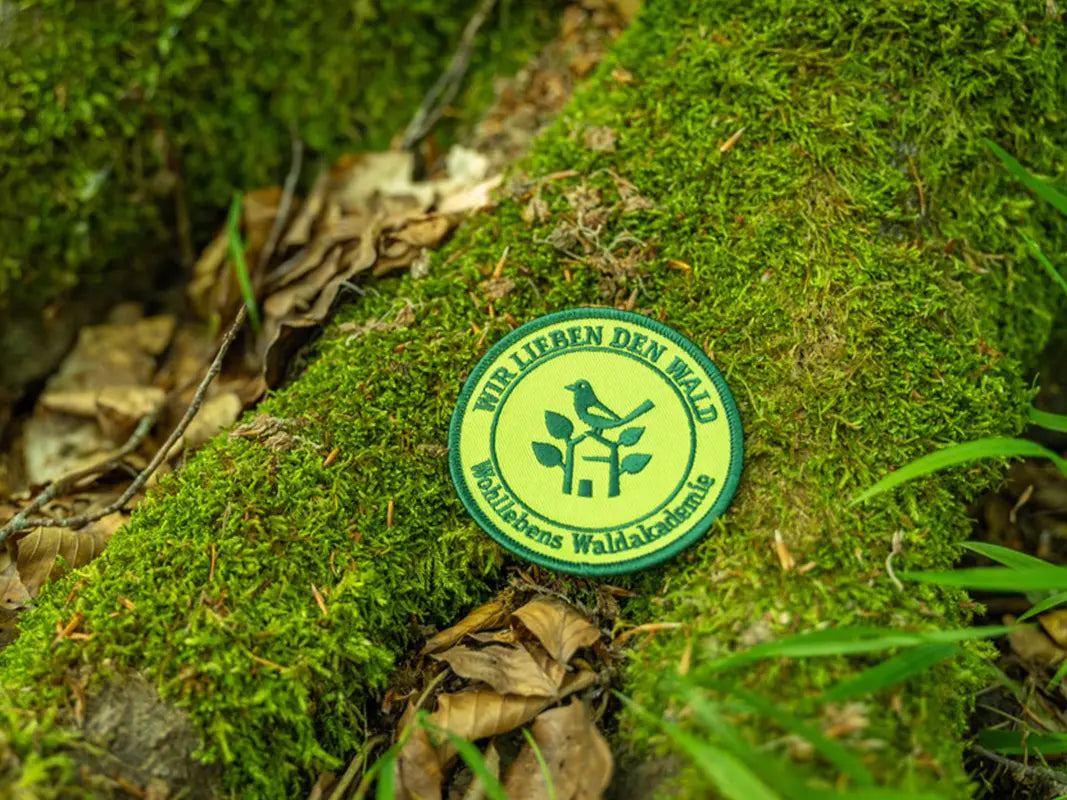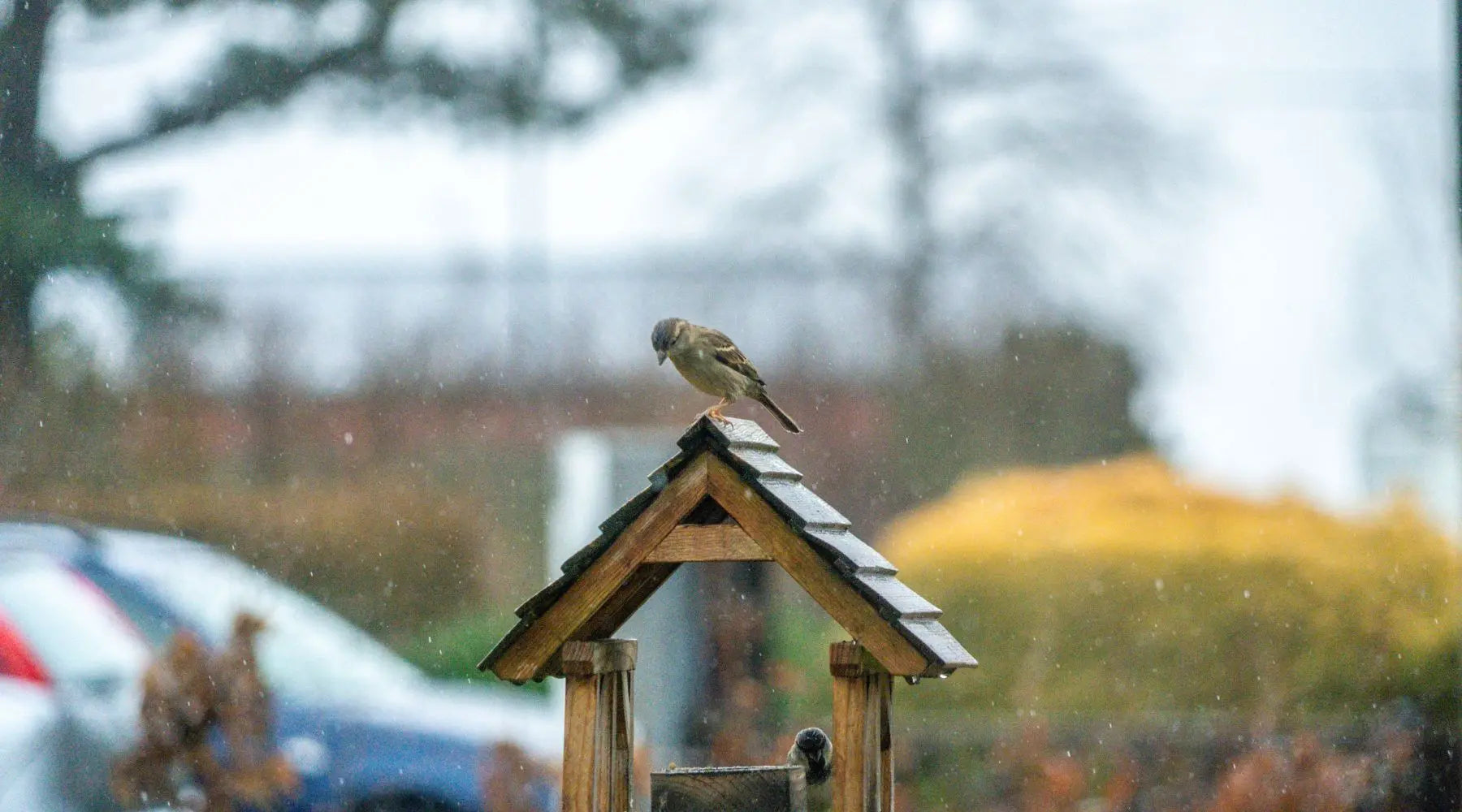At first glance, the term "mixed forest" has a positive connotation. It evokes associations of natural diversity and healthy forests. However, upon closer inspection, it becomes clear that the concept of a mixed forest, as it is often implemented today, does more harm than good.
The decline of monoculture
Monocultures, such as large-scale spruce plantations, have proven particularly vulnerable. Planting a single tree species on acres creates ideal conditions for pests. Furthermore, monocultures are extremely sensitive to climate change: If the conditions no longer suit the tree species, the entire area dies.
The idea of mixed forest
In comparison, a mix of different tree species is more resistant to external influences. When planted not in pure form, but mixed with beech and oak trees, even more sensitive species like spruce benefit, as studies show. Pests have a harder time multiplying there. But does simply increasing the number of tree species actually lead to greater biodiversity and a more stable ecosystem?
Invasive species and their consequences
This is where the problem begins. Take the northern red oak (Quercus rubra), which is often considered a sustainable tree species. A study by the University of Krakow shows that the northern red oak has a negative impact on the local ecosystem. Its leaves contain phenols that accelerate humus decomposition, release carbon, and reduce the soil's water retention capacity. Furthermore, important mycorrhizal fungi that live in symbiosis with the trees are damaged. Thus, the northern red oak does not promote the resilience of the forest, but rather endangers it. The authors of the study therefore even recommend removing it wherever it has settled or was settled. Another example is the Douglas fir (Pseudotsuga menziesii), which is also considered a "tree of the future." It has excellent wood properties and grows quickly. But it also brings problems: In normally open oak forests in dry, warm locations, for example, its shade displaces the natural ground vegetation and alters the microclimate. Because it is evergreen, it begins photosynthesis very early in the year, consuming water from winter precipitation that native tree species like oak then lack in the summer. Instead of making the forest more stable, the Douglas fir promotes its instability. According to the Federal Agency for Nature Conservation, red oak and Douglas fir are considered invasive species. They are capable of displacing native ecosystems and threaten biodiversity. Worldwide, invasive species are involved in 60% of all extinction events. But even with native tree species, planting by humans can have negative consequences.
Mixed forest of native tree species
A natural beech forest, which creates a cool microclimate due to the dense canopy of the dominant tree species, beech (Fagus sylvatica), can be weakened by the artificial introduction of more heat-tolerant tree species. These tree species need more light on the ground for healthy growth than much more shade-tolerant tree species such as beech. If old beech trees are felled so that, for example, planted service trees (Sorbus torminalis) receive more light, the risk of drought and heat increases. This, too, threatens severe damage to the forest. In the worst, but not at all unlikely, case, the old beech trees are so weakened by the intervention that the entire forest dies within a few years and only the youngest trees survive. But where are woodpeckers or bat species supposed to find a home in such a young forest? In addition, gigantic amounts of carbon have been released, and many other ecosystem services provided by the forest that are so important to us function much less well than before the intervention. However, there is one exception where, in our view, the targeted reintroduction of tree species makes sense: when humans have previously removed them or prevented them from establishing themselves. Even then, however, interventions should be very moderate, and natural gaps should not be artificially thinned, for example.
The problem of the term “mixed forest”
A key problem is the widespread misinterpretation of the term "mixed forest." Natural forests, especially beech forests, are thus falsely degraded to monocultures if they lack the diversity of tree species that some people understand as a mixed forest. But this is simply wrong. In reality, these forests are highly species-rich ecosystems in which 12,000 or more species have found a habitat. Due to their special composition, which has evolved over millions of years, these forests possess remarkable resilience and resistance to environmental changes. A natural beech forest is far from a tree species monoculture. It is usually home to 10 or more tree species. But there are also quite a few beech forests created or heavily influenced by humans that we must indeed speak of as monocultures or plantations. However, we should not use these as reference areas for true beech forests. When we speak of a "real" forest, we always mean a community of species – never a monoculture or plantation. Individual tree species dominate within it, but at the same time, there is always room for "minorities." Our help in creating a mix isn't needed. So why the urge to create mixed forests? Our hunger for coniferous wood is the cause. A mixed forest usually refers to a mixture of coniferous and deciduous tree species. Naturally, however, deciduous forests in lowlands and most low mountain ranges contain only a few coniferous species, such as the silver fir (Abies alba). Due to the special properties of coniferous wood, these are currently in greater demand on the market. This leads to conifers continuing to be planted all over the country, even though it is clear that they are usually not suited to our climatic conditions. If coniferous monocultures are not created, but mixed forests, this is certainly progress. The question is, however, whether this progress is sufficient to address the escalating crises of the 21st century, such as global warming or species extinction? Our answer is clearly: No! We urgently need to take at least three bold steps forward and stop ignoring scientific findings.
Trust in nature and its processes
Our task as a society should be to weigh whether the focus should be on a specific resource or on preserving our livelihood – functioning ecosystems. Creating new, supposedly better-adapted mixed forests is the hope of continuing to operate as usual, with considerable risks. Instead, we should place more trust in nature's millions of years of forestry experience. Naturally grown forests have developed and proven their resilience over long periods of time. Protecting and restoring them is in all of our interests.
Sources
- https://www.sciencedirect.com/science/article/pii/S0378112720310227
- https://www.ipbes.net/ias
- https://neobiota.bfn.de/invasivitaetsvaluation/gefaesspflanzen.html









Leave a comment
All comments are moderated before being published.
This site is protected by hCaptcha and the hCaptcha Privacy Policy and Terms of Service apply.